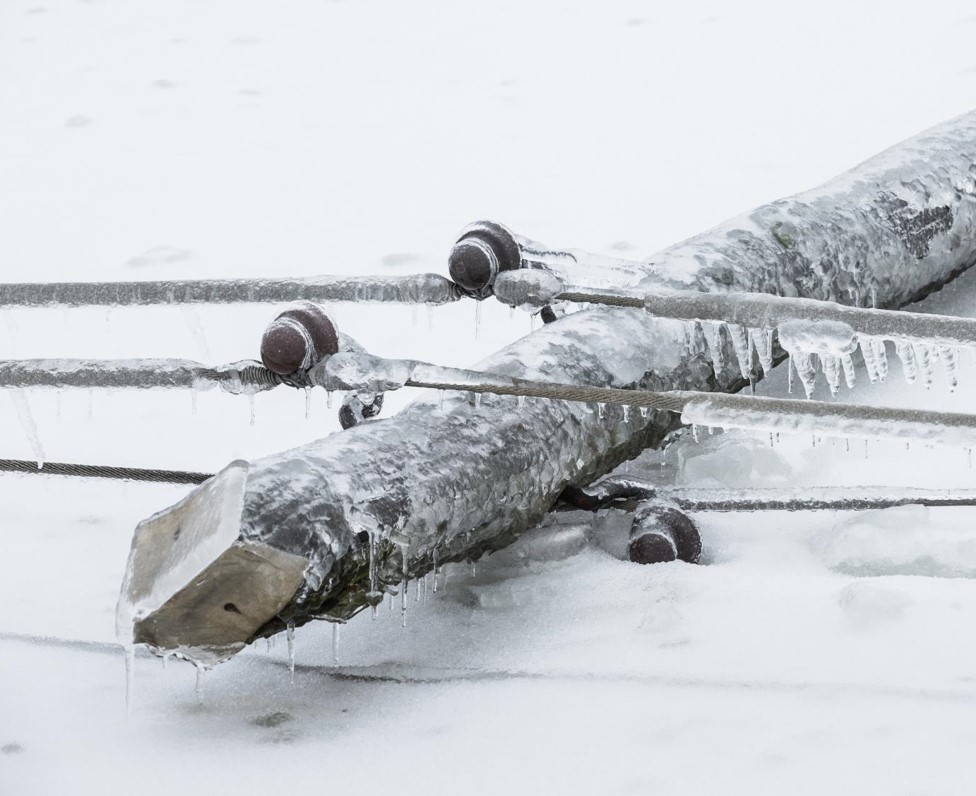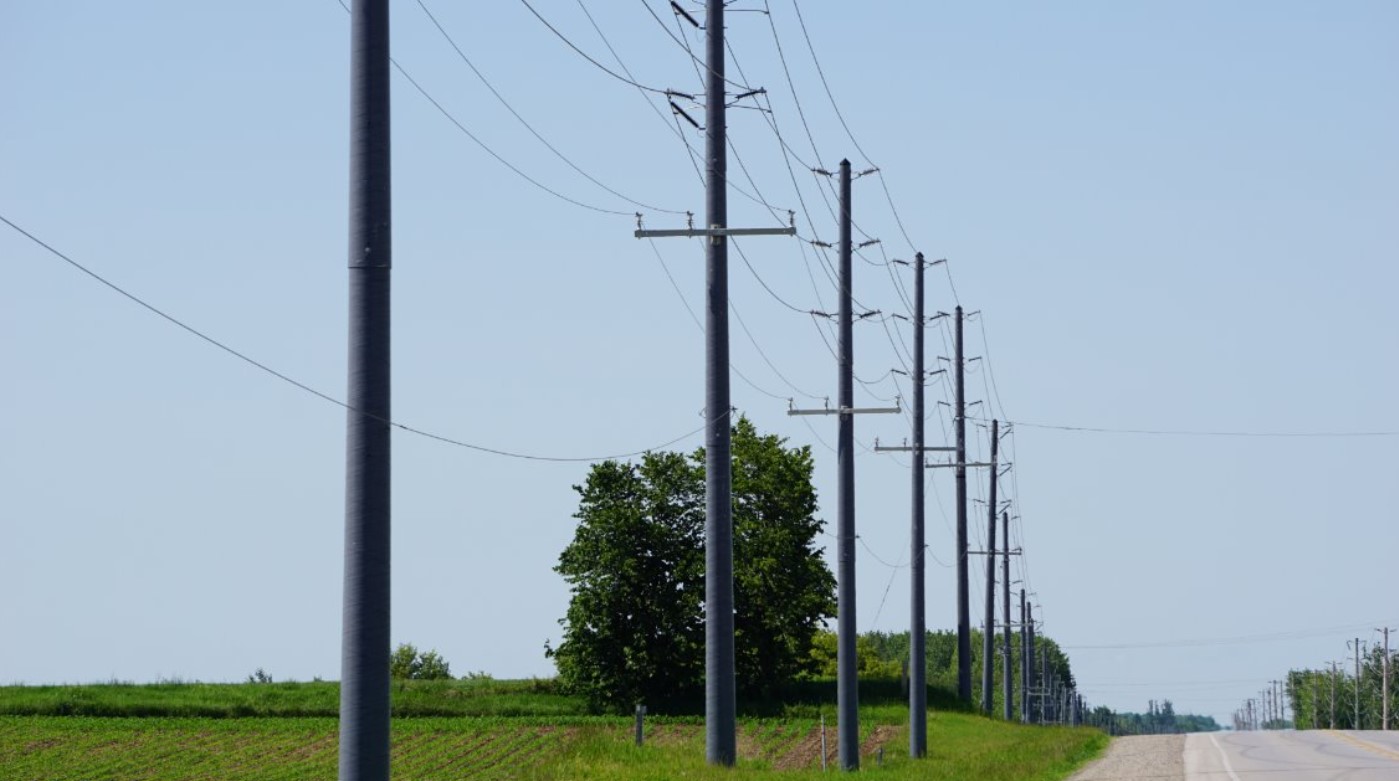Locations Where conventional Structures won't Last

01
Challenge
Utilities plan for wood utility poles to deliver for at least 40 years, but many wood poles last less than 30 years due to environmental conditions. Whether it’s across an entire grid or in a very specific region, the failure of utility poles can be accelerated by:

Destructive Wildlife and Pests

Wildfire Vulnerable Regions

Wetlands and Naturally Humid Regions

High Winds Regions
Areas prone to strong wind storms threaten traditional utility poles by putting immense loads that can snap or topple poles made from wood and other materials. Flying debris or falling trees increase the risk of damage to poles and power lines, disrupting service and creating safety hazards that slow restoration times.

Ice Storm Prone Regions

Corrosive Environments
02
Solution
Ending the threat of natural decay and wildlife requires using poles that are not susceptible to these dangers. Composite poles from Resilient Structures are made from an advanced composite material with integrated UV protection. They combine an ultra strong polyurethane resin and E-glass fiber rovings to withstand everything nature can throw at it.
The unmatched durability of a Resilient Structures pole means:

The composite material is impervious to woodpeckers, termites and carpenter ants, dramatically increasing service life in locations with a high risk of exposure to damaging pests.

They will not rot or corrode and are resistant to salt, soil pH levels and chemicals. This allows for excellent wet area and coastal performance.

Resilient Structures poles require no scheduled maintenance, like preservative treatments or repainting, resulting in significant operational savings.

Inspections are fast and non-invasive. Typical pole replacement frequencies are cut in half.

03
Evidence
During a 15 year period the population of woodpeckers doubled in Canada. As a result, a leading utility experienced an exponential increase in woodpecker activity.


From 2012 to 2021, the utility documented more than 100,000 poles with damage caused by woodpeckers with over 10 percent requiring replacement. While older wood poles were thought to be more vulnerable to the birds, it was discovered that 10 percent of its newest poles - just two years of service - had also been damaged.

Since replacement costs thousands of dollars for each pole, utilities often try to protect poles with physical barriers, including wire mesh or rigid casings. However, their effectiveness only delay the inevitable. Instead, this utility is maximizing value using RS composite poles and identifying the appropriate use and installation locations as part of their reliability plan. Thus, reducing costly frequent repairs and associated ancillary costs of wood poles.
04
Contact Us
Get in touch
Discuss your needs with our team.
LOCATIONS
1586 E Venture Dr
St. George, UT, USA, 847790
+1 435 709 6921
U.S. Operations
22 Industrial Park Rd
Tilbury, ON, CAN, N0P 2L0
+1 519 682 1110
U.S. Operations
19409 Kenswick Dr
Humble, TX, USA, 77338
+1 832 414 7787

